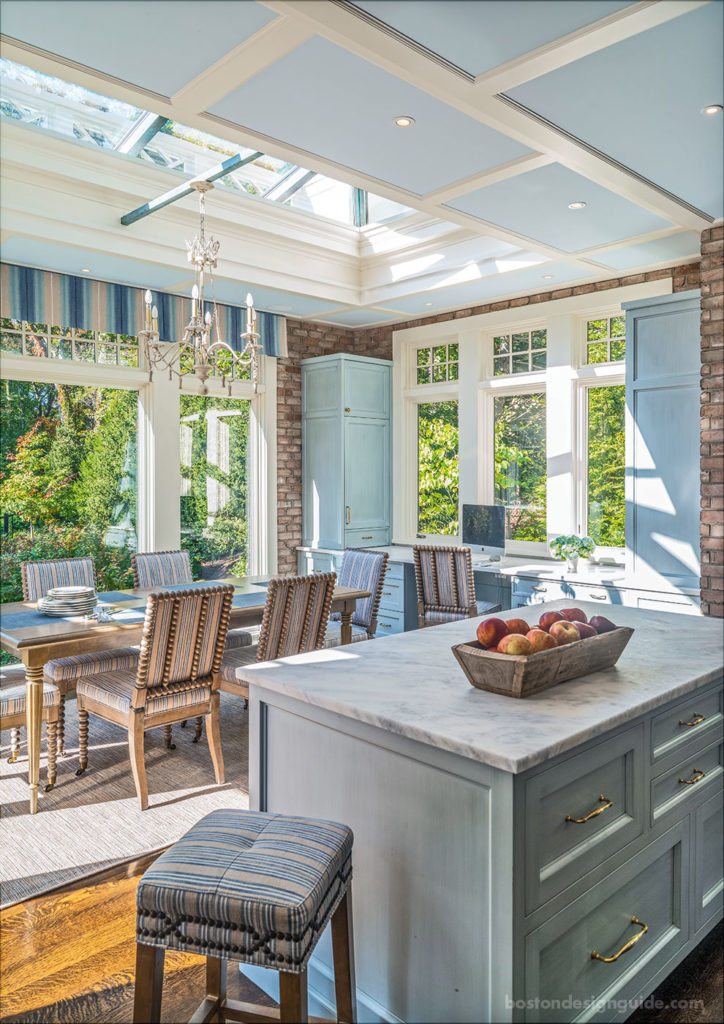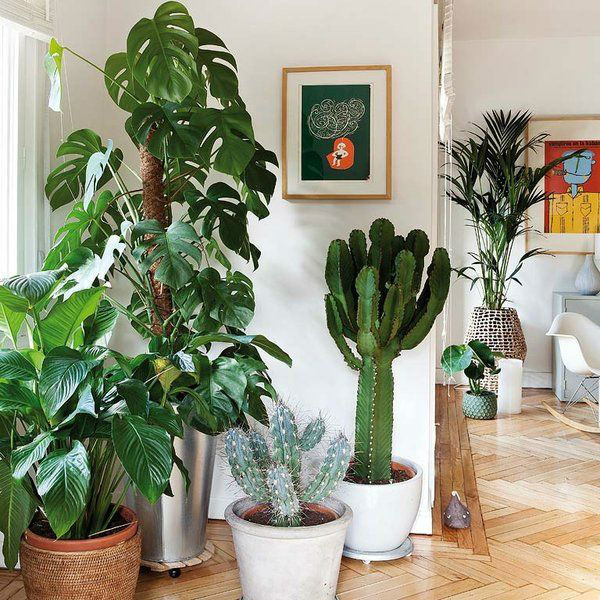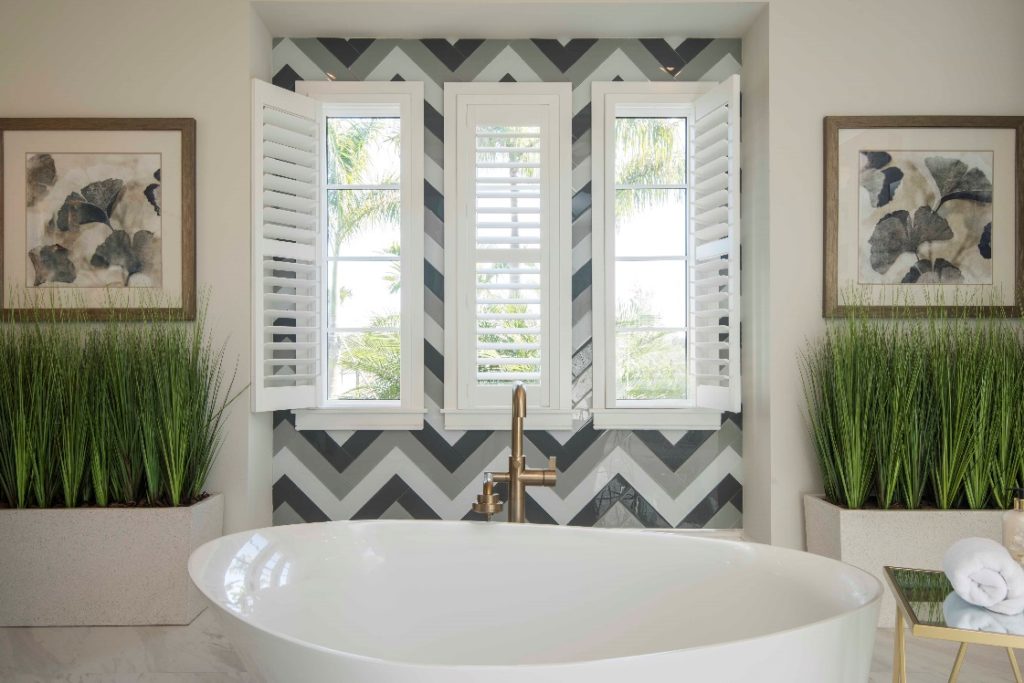Biophilia (meaning love of nature) focuses on humans’ innate attraction to nature and natural processes. It suggests that we all have a genetic connection to the natural world.
Biophilic design is a concept used within the design industry to increase occupant connectivity to the natural environment through the use of direct and indirect nature, as well as space and place conditions. It is an innovative way of designing the places where we live, and we’ll be reading (and seeing) more about this philosophy as we head toward 2020.
In basic terms, one needs nature in a deep, fundamental fashion, but we have often designed our spaces and homes in ways that actually separate us from nature. Biophilic design points the way toward creating healthy and productive habitats for modern living that, when applied, improves the spaces that we live in and provides numerous benefits to our health and well-being.
Direct experience refers to tangible contact with natural features:
- Light: Allows orientation of time of day and season, and is attributed to wayfinding and comfort; light can also cause natural patterns and form, movements and shadows. In design, this can be applied through clerestories, skylights, glass walls, and atriums.
- Plants: Bringing vegetation to the exterior and interior spaces of the building provides a direct relationship to nature. This can be created by use of living green walls or many potted plants. Plants and vegetation have been proven to increase physical health, performance, and productivity and reduce stress.

Comfort & Joy: A New Construction is Aged to Perfection on Boston Design Guide 
10 Good Reasons to Have Plants in Your Home on Mocha Casa
Indirect experience refers to contact with representations of nature:
- Images of Nature: This has been proven to be emotionally stimulating, and images of nature can be implemented through wallpapers, paintings, photos, sculptures, murals.
- Natural Materials: These materials can be incorporated into buildings, through the use of wood and stone. While interior design can implement natural fabrics, materials (raffia, shell, seagrass, and leathers)
- Natural Geometries: The design of structures, or interior details, can include the use of repetitive, varied patterns that are seen in nature (called fractals). These geometries can also have repeating organized shapes and winding flow. For instance, commonly used natural geometries are the honeycomb pattern and ripples found in water, or the undulating forms of tile or stone.

The Biophilic design philosophy can be applied to all levels of design; whether entry-level or luxury living. For the ultimate Biophilic experience, implement a living green wall (which, of course, needs proper irrigation and sunlight). Or, consider designing a space with a tree-filled atrium or interior courtyard. No green-thumb or budget for plant service? There are many economical ways you can create indirect Biophilic experience, like wallpapers and coverings featuring flora and fauna, faux greenery (on tables or wall hangings) or small indoor herb gardens.
Post courtesy of Kay Green, MIRM, President and Founder of Kay Green Design, a nationally recognized interior design and model merchandising firm located in Winter Park, Fla.
Follow Kay Green Design on Instagram, Facebook and LinkedIn for more interior design and floor plan ideas.

